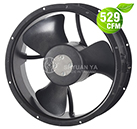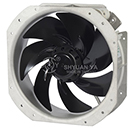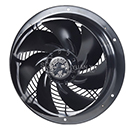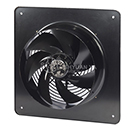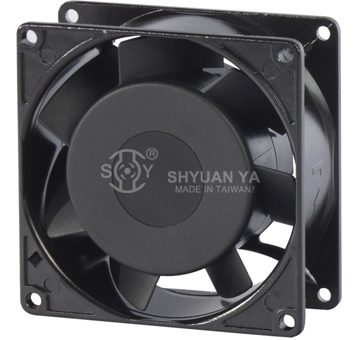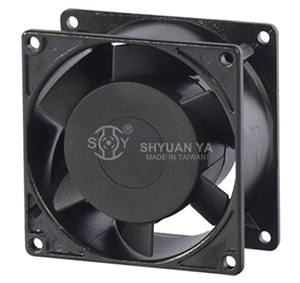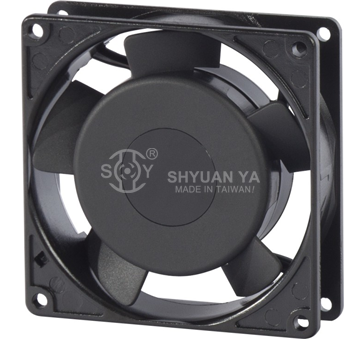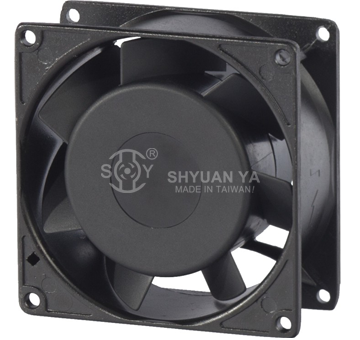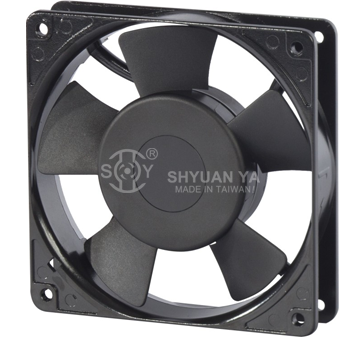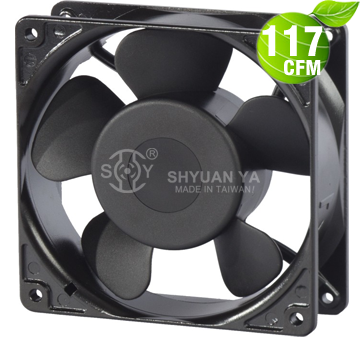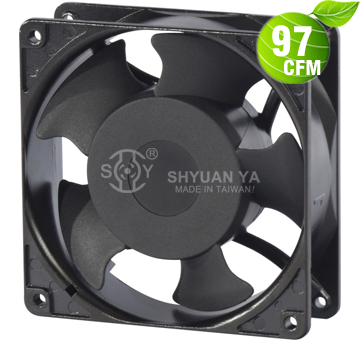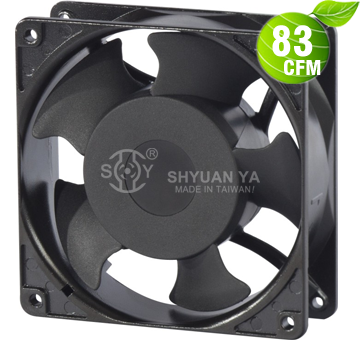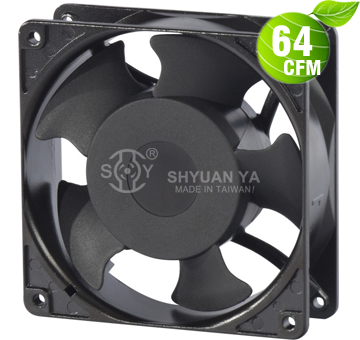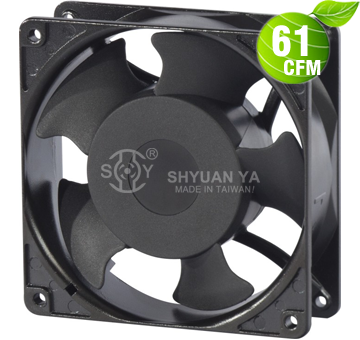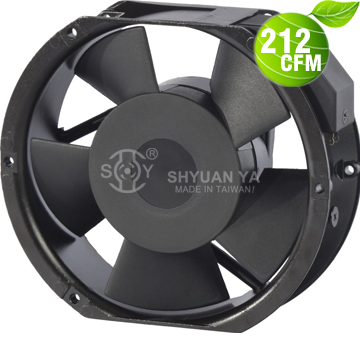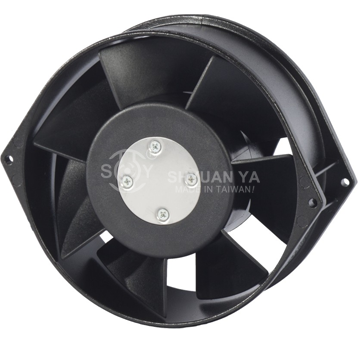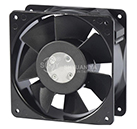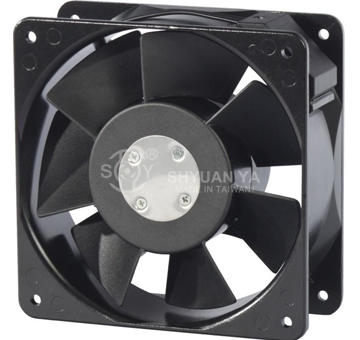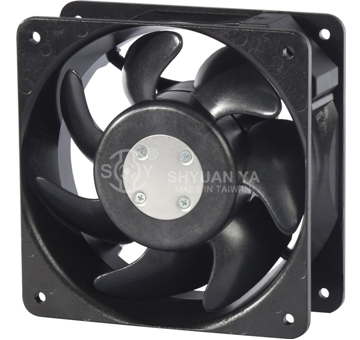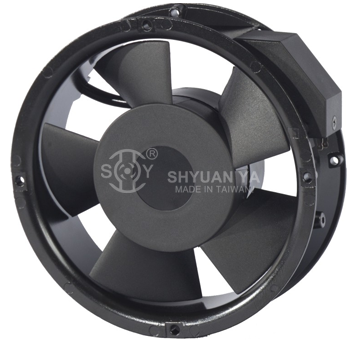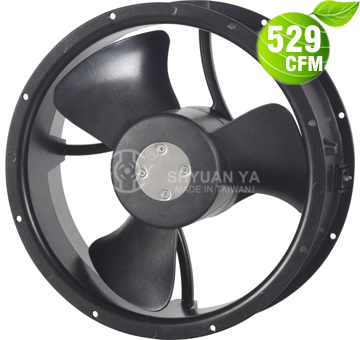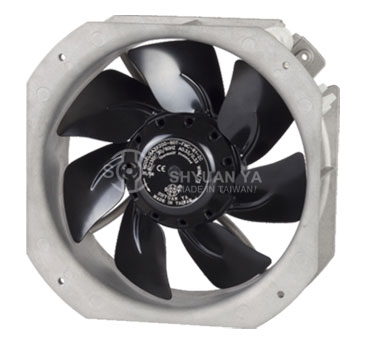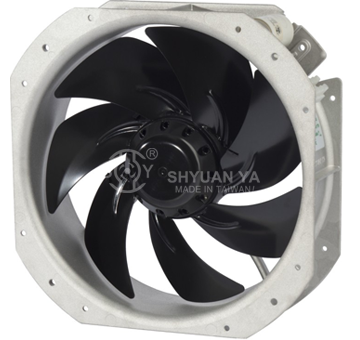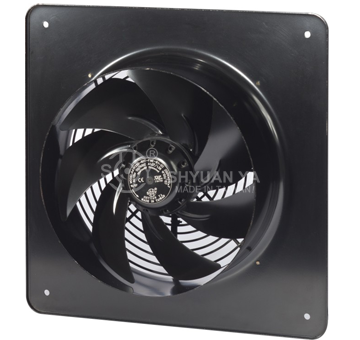- HOME
- Our FAQ
- FAQ
- What Are AC Axial Fans Used For, How Do They Work, and How Do They Compare to Other Industrial Fans?
What Are AC Axial Fans Used For, How Do They Work, and How Do They Compare to Other Industrial Fans?
AC axial fans are widely used inindustrial cooling and HVAC ventilation systems, valued for their ability to deliverhigh airflow at low static pressure. They are ideal for applications such asequipment enclosure cooling, switchgear ventilation, andclimate control systems in commercial and industrial buildings.
These fans are favored for their straight-through airflow, compact design, and ease of integration into a variety of systems requiring continuous, reliable air movement.
✅ How Do AC Axial Fans Work?
AC axial fans operate by rotating a set of propeller-style blades connected to analternating current motor, drawing air parallel to the shaft—hence the term "axial."
They are particularly effective in settings where:
- System resistance is minimal, such as open-frame cabinets or shallow ventilation ducts
- Consistent airflow is required to maintain the temperature of electronics or HVAC components
- Space is limited, and compact fans need to be mounted directly on panels or grilles
Popular configurations include:
- Standard axial fans for open airflow and equipment cooling
- Tube axial fans for focused airflow in ducted systems
- Vane axial fans with integrated guide vanes for improved efficiency under moderate pressure
🔧 Where Are AC Axial Fans Used?
AC axial fans support a wide range of industrial and HVAC functions, including:
- Air circulation in climate control units (e.g., air handlers, fan coils, heat exchangers)
- Ventilation of electrical enclosures, automation cabinets, and control panels
- Exhaust or intake airflow for industrial machinery
- Cooling for condenser coils, refrigeration systems, and electronic rack systems
- Enhancing airflow in air purification and filtration systems
- Localized ventilation in transportation, medical equipment, and telecom infrastructure
They are often integrated where quiet operation, energy efficiency, andspace-saving installation are key requirements.
⚙️ How Do AC Axial Fans Compare to Other Industrial Fans?
Selecting the right fan depends on your system’s airflow and pressure requirements. Here's how AC axial fans compare to other fan types commonly used in industrial and ventilation systems:
|
Fan Type |
Airflow Direction |
Best Use Case |
Advantages |
|
AC Axial Fan |
Straight (axial) |
High airflow, low pressure systems |
Compact, cost-effective, easy to install, low noise |
|
Centrifugal Fan |
90° (radial) |
Systems with filters or long ducting |
High pressure, reliable in restrictive environments |
|
Blower Fan |
Directional (focused) |
Spot cooling, enclosed or tight spaces |
Focused airflow, medium pressure, compact footprint |
|
Vane Axial Fan |
Straight (guided airflow) |
Higher-pressure axial airflow applications |
Combines axial design with pressure-boosting guide vanes |
Axial fans are best for applications where airflow volume, simplicity, and compact installation are priorities, while other fan types may be better suited for higher-pressure or ducted configurations.
🛠️ Summary of Key Benefits
- High-performance airflow up to 1170 CFM for effective thermal management
- Low energy draw for efficient long-term operation
- Compact footprint for panel, wall, or grille mounting
- Quiet, reliable cooling for control cabinets and HVAC components
- Versatile integration into open or semi-restricted environments


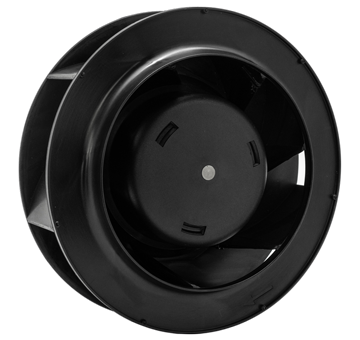
.png)
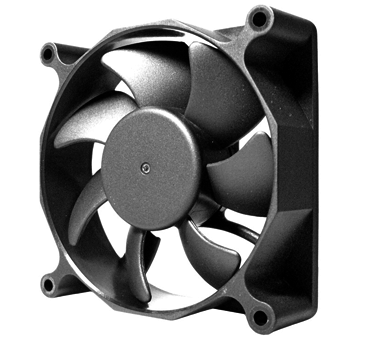

.jpg)

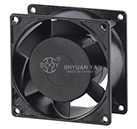
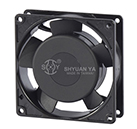
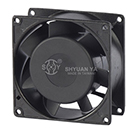
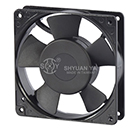
_top.jpg)
_top.jpg)
_top.jpg)
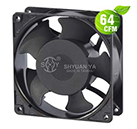
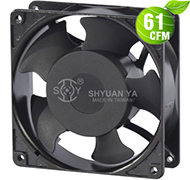
_top.jpg)
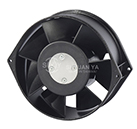
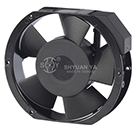
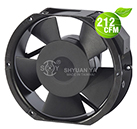
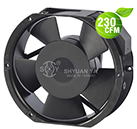
_top.jpg)
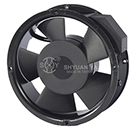
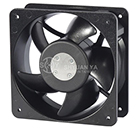
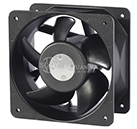
_top.jpg)
